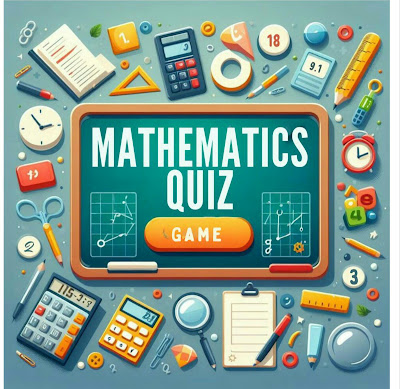Electrical Quantities
Quiz 1:
Fullscreen Mode
Fullscreen Mode
Chapter 16: Electrical Quantities – Theory and Formulas
16.1 Electric Charge
Atoms contain:
- Protons – Positive charge
- Neutrons – No charge
- Electrons – Negative charge
An atom is neutral when it has equal numbers of protons and electrons.
Charging by Friction
Electrons transfer from one material to another. The material that loses electrons becomes positively charged, and the one that gains electrons becomes negatively charged.
Interaction of Charges
- Like charges repel
- Unlike charges attract
Conductors and Insulators
- Conductors: Allow electrons to move freely (e.g., metals)
- Insulators: Hold electrons tightly (e.g., plastic, glass)
16.2 Electric Field
An electric field is a region where a charge experiences a force.
Field Line Directions
- Positive charge: Field lines point away
- Negative charge: Field lines point toward
Field Strength
Stronger where field lines are closer together.
16.3 Electric Current
Electric current is the flow of electric charge.
Formula
I = Q / t
Where:
I = Current (A)
Q = Charge (C)
t = Time (s)
Where:
I = Current (A)
Q = Charge (C)
t = Time (s)
Conventional vs. Electron Flow
- Conventional current: From positive to negative
- Electron flow: From negative to positive
Measuring Current
- Use an ammeter in series
Types of Current
- DC (Direct Current): Flows in one direction
- AC (Alternating Current): Changes direction periodically
16.4 Electromotive Force (e.m.f.) and Potential Difference (p.d.)
Electromotive Force (e.m.f.)
Energy provided by a source per unit charge.
E = W / Q
Where:
E = e.m.f. (V)
W = Work done (J)
Q = Charge (C)
Where:
E = e.m.f. (V)
W = Work done (J)
Q = Charge (C)
Potential Difference (p.d.)
Energy used by a component per unit charge.
V = W / Q
Where:
V = p.d. (V)
W = Work done (J)
Q = Charge (C)
Where:
V = p.d. (V)
W = Work done (J)
Q = Charge (C)
Measuring Voltage
- Use a voltmeter in parallel
16.5 Resistance
Resistance measures how much a component opposes current flow.
Formula
R = V / I
Where:
R = Resistance (Ω)
V = Voltage (V)
I = Current (A)
Where:
R = Resistance (Ω)
V = Voltage (V)
I = Current (A)
Ohm's Law
For ohmic conductors: V ∝ I (at constant temperature)
Factors Affecting Resistance
- Length (l): R ∝ l
- Cross-sectional area (A): R ∝ 1/A
- Material and temperature
16.6 Electrical Energy and Power
Power
P = W / t = V × I
Where:
P = Power (W)
W = Energy (J)
t = Time (s)
V = Voltage (V)
I = Current (A)
Where:
P = Power (W)
W = Energy (J)
t = Time (s)
V = Voltage (V)
I = Current (A)
Energy
E = P × t = V × I × t
Energy Units
- Joule (J): Small unit
- Kilowatt-hour (kWh): Used in electricity bills
Cost Calculation
Cost = Energy (kWh) × Price per kWh
Note: Always ensure meters and units are correctly matched in calculations.



